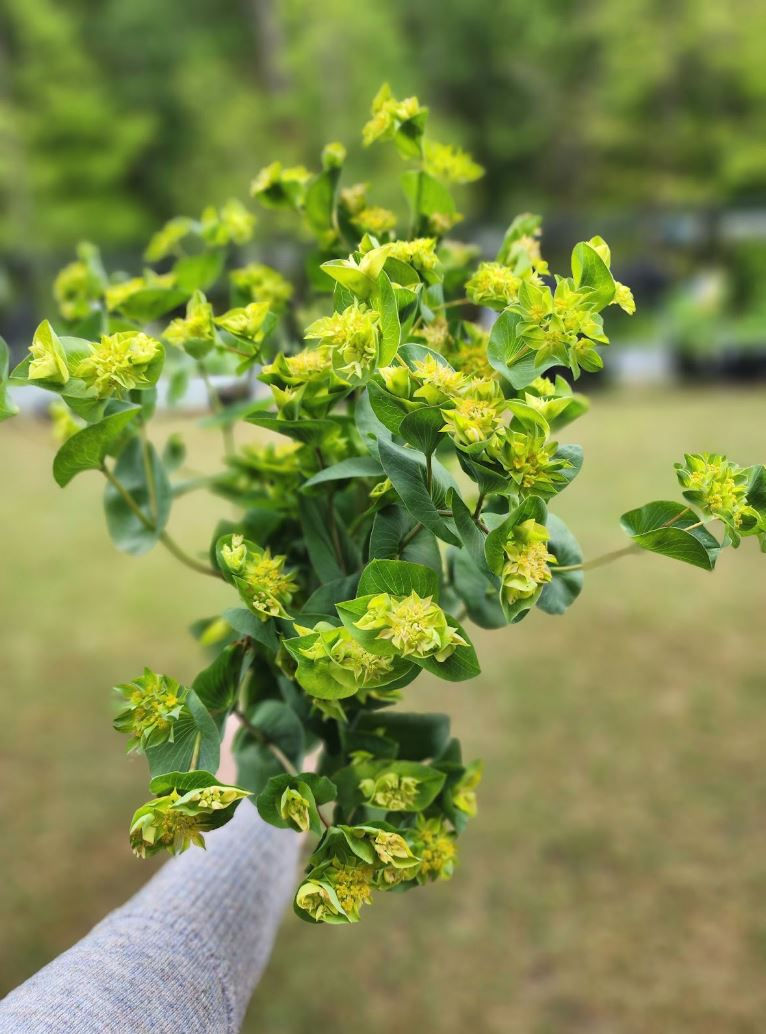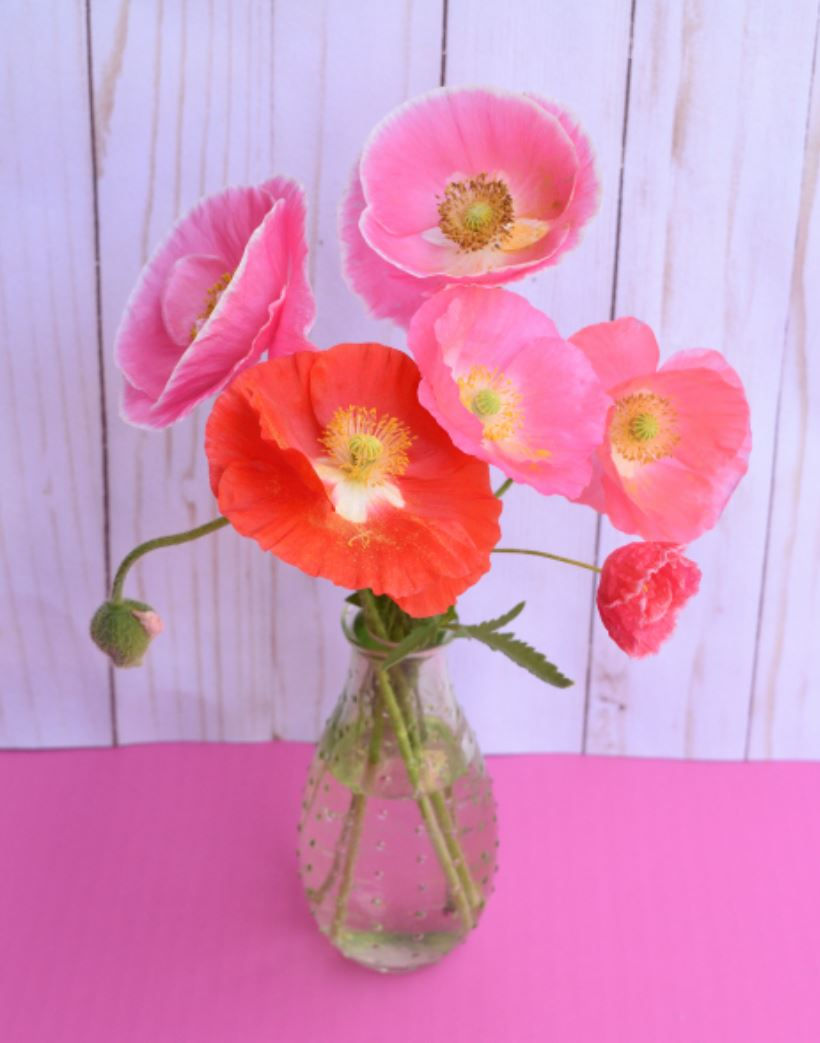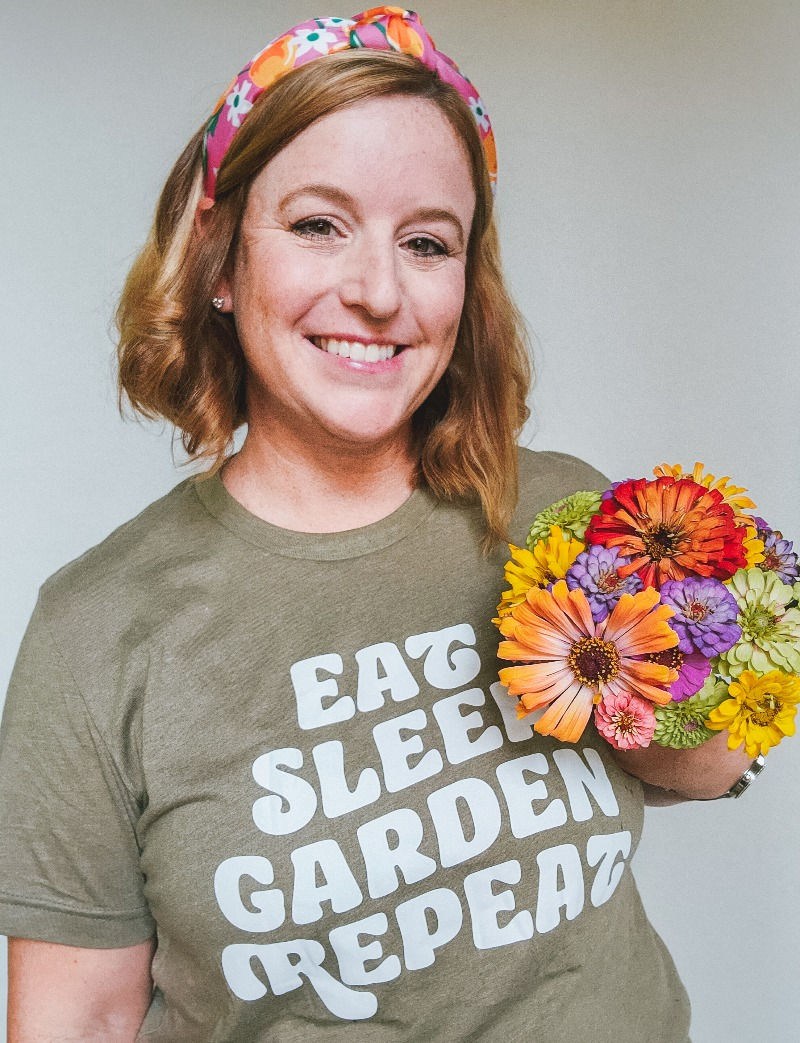Starting a Cut Flower Garden
- Tat_Tatiwa

- Feb 15, 2024
- 5 min read
Raise your hand if you love flowers!
I know all of you just did, because why else would you be reading a blog post on a flower grower’s website if you didn’t? And really, who doesn’t love flowers? They are nature’s way of welcoming in the beauty of spring, celebrating the fun of summer, slowing down in the stillness of autumn and nurturing us through the cold of winter. And when you are able to bring that beauty into your house in the way of cut flowers, their impact reverberates throughout your entire home.

I would challenge all of you to make this year a time that you introduce cut flowers into your garden, or expand your growing of them, and I would like to help you along the way. In this first post of a series of growing cut flowers, let’s first discuss the different types. This basic knowledge is essential to understanding when you will plant these beauties and when you can expect blooms.

Cut flowers fall into 3 categories: annuals, biennials and perennials. These categories explain how the flower grows, and if it will grow and bloom within a single season or longer, and if it will continue to grow or die. If you want to really create both a bountiful and eco-diverse garden, you will want to include flowers from all of these groups.
Annuals
Annual flowers complete their life cycle within a single growing season. They sprout, grow, bloom, produce seeds and die, all within a year. They often have showy blooms and bright colors. Oftentimes they are used to provide seasonal interest into your garden, whether as landscape, container or border plants. I’m sure you have seen pansies, snapdragons or marigolds lining up your neighbor’s yards.
As far as cut flowers go, these are the tried and true workhorses. They are typically easy to start from seed/bulb/corm, grow fast and reward you with an explosion of blooms. Annual flowers all have different timelines; some may complete their lifespan within 60 days and others may take 120-150 days. Because of this, it is good to think of growing a mix in your garden.
Annuals are broken down into two subcategories: hardy and tender. Hardy annuals are those that can take frost and some freezing temperatures and thus can be grown over the winter, depending on your location. You can look up each flower’s hardiness zone, which will tell you how cold a temperature they can tolerate.
Here in the south, many growers plant their hardy annuals in the fall or early winter to give them plenty of time in our mildly cold climate before putting out blooms in the spring. Examples of some hardy annuals are Stock, Snapdragons, Bells of Ireland, Cress, Ranunculus, Tulips, Anemones and more. When you think of the spring flower garden, you will mostly be thinking of these lovelies.

The other subcategory of annuals are tender annuals. These flowers do not like the cold, can’t handle a freeze and enjoy the warmth of late spring, summer and fall. Some may be able to handle a touch of frost, but many cannot. Some examples of these are Zinnias, Sunflowers, Cosmos, Marigolds, Basil, Dahlias, Lilies, and more.

Biennials
Biennial flowers have a life cycle that spans two years. During the first year they focus on vegetative growth, establishing strong roots and lots of leaves. In the second year they flower, make seed and then die.
Examples of some biennials are Bluebonnets, Foxgloves, Hollyhocks, Black-Eyed Susans, Delphinium, Poppies and more. These are typically planted at the end of the summer or fall with the idea that they will bloom the following spring/summer. They make excellent additions to cottage gardens as they can provide flowers in between the bloom times of many annuals.

Perennials
Perennial flowers live for multiple years, often flowering for several years in a row. They typically have a longer life cycle than annual or biennial flowers. Depending on where you live, they may die back in the winter and then regrow in the spring, or they may sustain their vegetative growth but lose their blooms only. They are valued for their ability to provide lasting beauty and also fill gaps when the shorter lived annuals and biennials aren’t in bloom. Examples of these are Roses, Daylilies, Irises, Peonies and more.

Now it is worth noting that here in the south, where our winters are warmer, some flowers traditionally considered annual or biennial may actually perennialize. This means that the flower doesn’t die all the way; perhaps its root system, bulb or vegetative growth survives past a year. I have found a handful of flowers to do this in the Houston area, such as Dahlias, Yarrow, Lilies, some Tulips and others. These can be a bit tricky for a new grower, but you can typically ask around to more experienced gardeners in your area and they can give you tips on which ones may last.
So there you have it! Those are the basic categories of cut flowers you can grow in your garden. In the next post I will discuss some of my favorite tried and true varieties for the greater Houston area, but in the meantime you can start looking into which ones you would like to try growing this year. Fill your gardens and landscapes with color, texture and whimsy! Create a diverse environment for your local pollinators and other wildlife. And be the envy of everyone on your street. Seriously, I had one of my neighbors come over to me in December and ask how my landscape always had such a large amount of color all year. My answer? Flowers!

This post is brought to you by our guest writer/gardening friend Dani of Summer Skye Gardens

I am Dani: wife, mom, passionate gardener and flower farmer! I started Summer Skye Gardens in my own suburban backyard as a place to grow food for my family, a place to enjoy nature with my children, and a place to create a sense of wonder. I transitioned my space into growing cut flowers in 2021 and have loved every minute of it. In the spring of 2023, my husband and I made the decision to expand our flower dreams and bought a property in Splendora to launch a large cut flower farm production!

At our farm we grow cut flowers for both retail and wholesale, and we host on-farm events such as a U-Pick Flower Field, photography sessions, farm tours, classes, workshops and more. We strive to create a place of beauty, peace and learning, surrounded by sustainably grown, farm fresh flowers. I also provide educational blog posts, informational YouTube videos and daily fun through my Instagram page, all in the hopes of bringing you education, inspiration and joy.
Please follow & support Dani at:



Thank you for your article! I live in the Tomball area and have never successfully gardened before. I recently have started keeping a vegetable garden alive. With no gardening experience, though, I didn't realize how important flowers were to the garden! So here I am learning what I can. I love your beautiful pictures and the helpful information. Thank you for sharing!